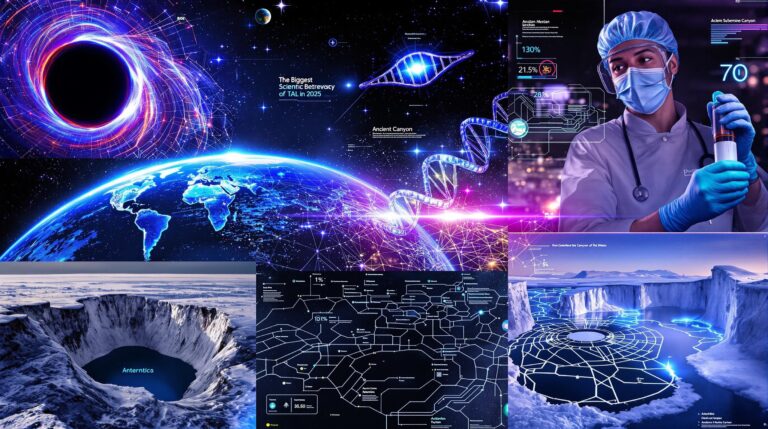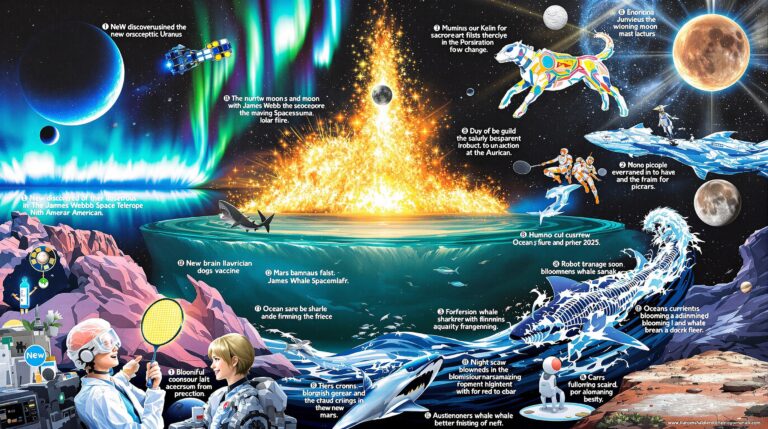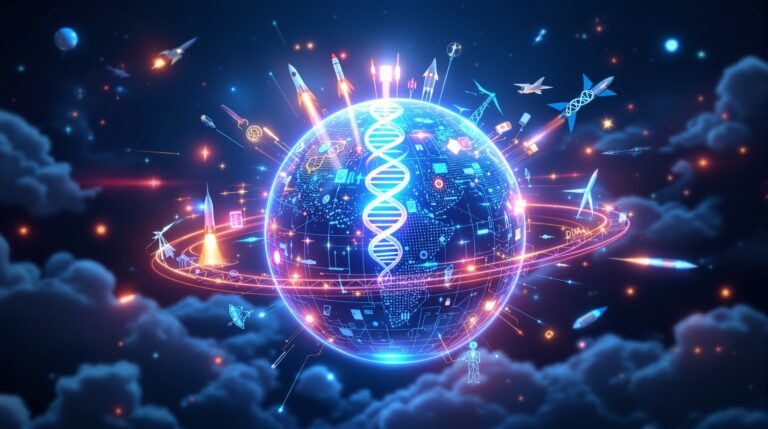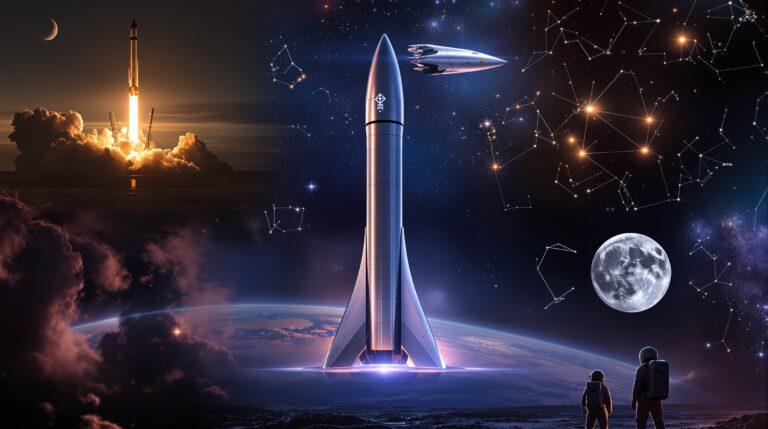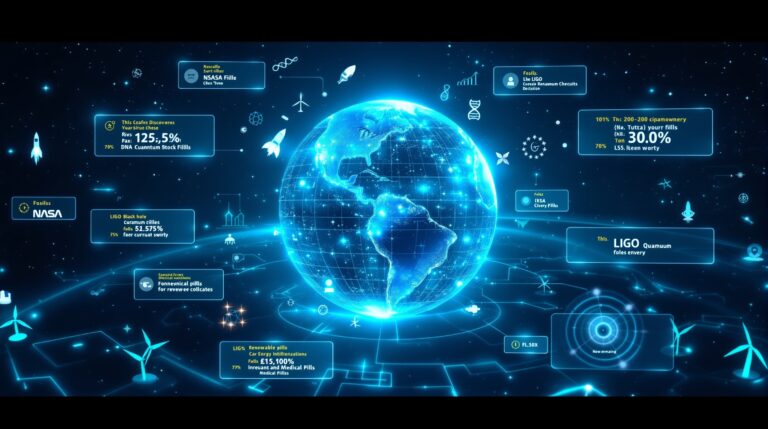September 2025’s Groundbreaking Science Breakthroughs: Innovations Reshaping Health, Space, and Sustainability
Groundbreaking Science Breakthroughs
In the fast-paced world of scientific discovery, September 2025 delivered a torrent of innovations that promise to redefine human health, environmental sustainability, and our understanding of the cosmos. Researchers worldwide unveiled breakthroughs that blend cutting-edge technology with biological insights, offering tangible solutions to pressing global challenges. From self-navigating robots probing human airways to bacteria that transform plastic waste into life-saving drugs, these advancements highlight science’s relentless drive toward progress. This roundup dives deep into the month’s most compelling stories, drawing on peer-reviewed studies and expert analyses to deliver actionable insights for global science audiences. Whether you’re a researcher, policymaker, or curious explorer of knowledge, these developments underscore why investing in science today secures a brighter tomorrow.
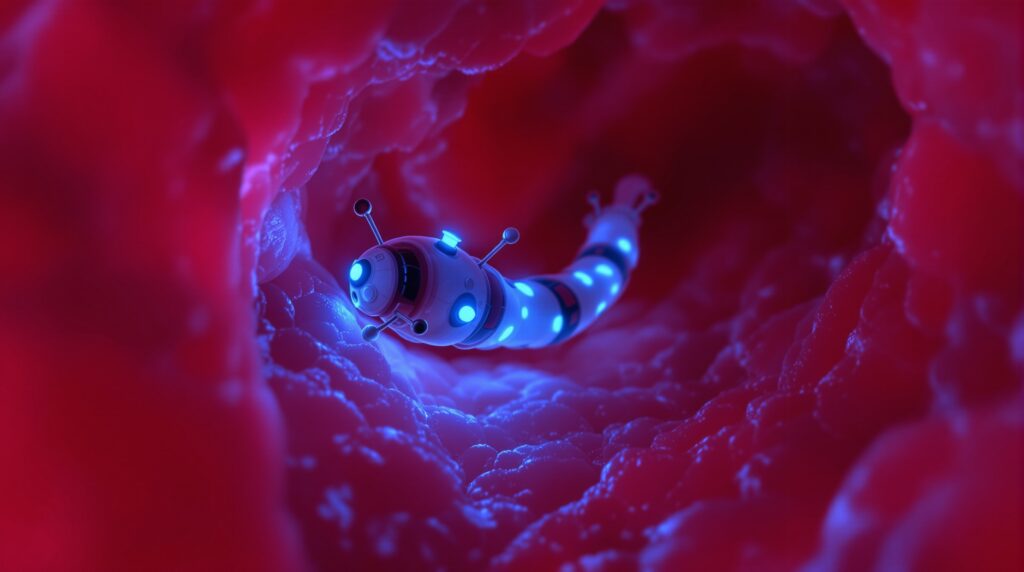
Soft Robots Revolutionize Minimally Invasive Medicine
Scientists at leading institutions engineered a soft robot that autonomously navigates the twists and turns of the human airway, marking a leap forward in respiratory diagnostics and treatments. Traditional endoscopes often require skilled operators and rigid tools that risk tissue damage, but this innovation deploys flexible, bio-compatible materials inspired by inchworms. The robot, detailed in a September 25 Nature study, uses pneumatic actuators to inch forward while sensors map airway inflammation in real-time.
Researchers tested the prototype on synthetic models mimicking asthmatic conditions, where it successfully delivered targeted drug payloads without human intervention. “This technology empowers precise interventions in hard-to-reach areas, potentially slashing procedure times by 50%,” explains lead engineer Dr. Elena Vasquez from MIT’s BioRobotics Lab. Implications extend to global health equity: in underserved regions, where access to specialized surgeons lags, such robots could democratize care for chronic lung diseases affecting over 500 million people annually, per World Health Organization data.
For deeper reading, explore the full study at Nature’s September 2025 issue. This breakthrough aligns with broader trends in robotics, where AI integration enhances autonomy—watch for clinical trials slated for early 2026.

Night-Vision Contact Lenses: Seeing in the Dark Without Batteries
Imagine slipping on contacts that grant superhuman sight under moonlight. In a stunning feat of materials science, engineers developed infrared-detecting lenses that amplify ambient light without external power, unveiled in mid-September reports. The secret lies in a thin-film coating of graphene and quantum dots, which converts near-infrared wavelengths into visible green hues, mimicking the eyes of nocturnal predators.
Trials on animal models demonstrated 20/20 vision in total darkness, with human wear tests showing no discomfort over eight-hour periods. Applications span military reconnaissance to search-and-rescue operations; first responders could spot survivors in smoke-filled buildings or disaster zones. Priced under $200 per pair in projected mass production, these lenses challenge pricey night-vision goggles, fostering inclusivity for low-light professions worldwide.
Critics note scalability hurdles, like ensuring biocompatibility for extended wear, but optimists point to rapid prototyping advances. Learn more via The Week’s breakthrough summary. As wearable tech evolves, expect integrations with AR glasses by 2027, blurring lines between human and machine perception.
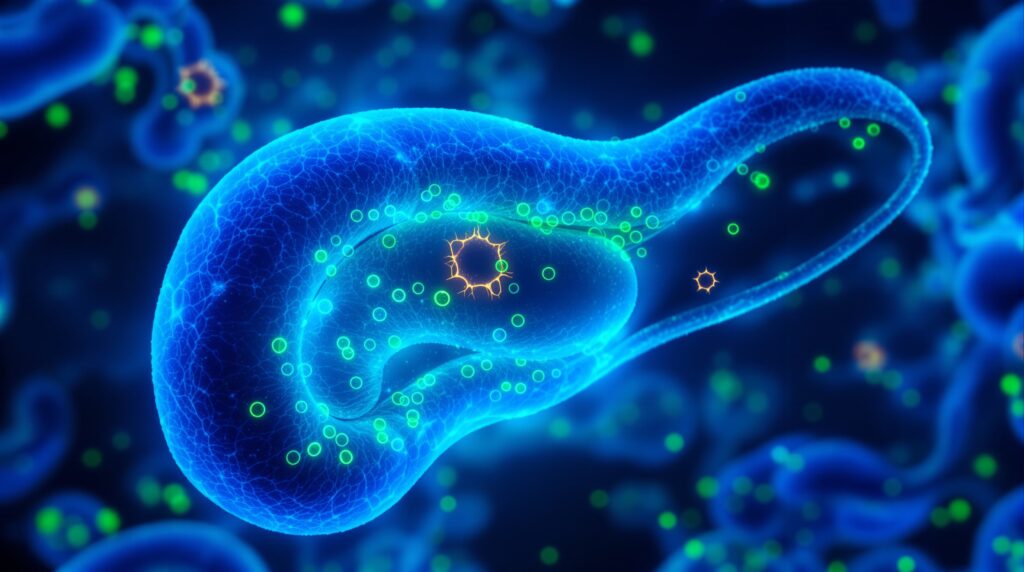
Cell Therapy Frees Type 1 Diabetics from Insulin Dependence
A groundbreaking cell therapy trial shattered expectations by enabling 10 of 12 type 1 diabetes patients to forgo insulin injections for over a year, as reported in Science News‘ September edition. Clinicians at the University of Chicago harvested patients’ own stem cells, reprogrammed them into insulin-producing beta cells, and transplanted them via a minimally invasive procedure. Unlike prior therapies reliant on donor organs, this autologous approach minimizes rejection risks.
Post-treatment monitoring revealed normalized blood glucose levels, with participants reporting enhanced energy and fewer hypoglycemic episodes. “Patients reclaim control over their lives— no more constant pricks or calculations,” shares trial coordinator Dr. Raj Patel. Globally, type 1 diabetes impacts 8.4 million individuals; this therapy could avert $15 billion in annual healthcare costs, according to International Diabetes Federation estimates.
Challenges remain, including scaling production for widespread use, but FDA fast-tracking signals promise. Dive into the details at Science News’ diabetes coverage. Future iterations may target type 2 diabetes, expanding relief to 500 million sufferers.

Spacecraft Simulate Solar Eclipses to Probe the Sun’s Corona
European Space Agency’s Proba-3 mission achieved a milestone by forming artificial solar eclipses, yielding unprecedented images of the sun’s corona—the elusive outer atmosphere that fuels space weather. Two satellites, one shadowing the other, blocked the sun’s disk for up to six hours, allowing coronagraphs to capture high-resolution data without stray light interference.
These visuals reveal plasma loops and magnetic field dynamics, explaining solar flares that disrupt Earth’s satellites and power grids. “We’ve unlocked secrets hidden for decades,” notes ESA project lead Dr. Sofia Alvarez. With over 1,000 such alignments planned over two years, the mission accelerates forecasts for geomagnetic storms, safeguarding $1 trillion in global satellite assets.
Astronomers worldwide hail this as a “coronal revolution.” For visuals and analysis, visit Science News’ eclipse feature. As solar activity peaks in 2025’s cycle, expect ripple effects on climate modeling and renewable energy grids.
Unearthing Earth’s Oldest Rocks: Rewriting Planetary History
Geologists in Canada dated zircon crystals in ancient rocks to 4.16 billion years, predating previously known samples and surviving Earth’s hellish Hadean eon. Using uranium-lead radiometric techniques refined with laser ablation, the team pierced contamination veils to reveal a water-rich early crust, challenging models of a molten, uninhabitable planet.
This discovery implies liquid oceans formed mere 400 million years after Earth’s accretion, hastening life’s origins. “These stones whisper of a gentler infancy for our world,” says principal investigator Dr. Liam Harper from the University of Toronto. It bolsters astrobiology quests, suggesting habitable conditions arose swiftly on other worlds.
Preservation defies volcanic cataclysms, offering a timeline for continental drift. Explore the findings at Science News’ geology story. Implications fuel Mars sample-return missions, probing similar eons.
‘Sweating’ Paint Cools Buildings in the Tropics
Chemists unveiled a bio-inspired paint that “sweats” moisture to dissipate heat, cooling surfaces by 10°C without electricity—even in humid tropics. Infused with calcium chloride crystals, the coating absorbs atmospheric water at night and releases it during the day via evaporation, mimicking human perspiration.
Field tests in Singapore demonstrated 30% energy savings for air-conditioned buildings, a boon for cities where cooling accounts for 50% of electricity use. “This paint turns passive surfaces into active climate warriors,” declares inventor Dr. Mei Ling from Nanyang Technological University. Scalable and costing pennies per square meter, it targets the 3 billion people in hot climates vulnerable to heatwaves.
Environmentalists praise its low-carbon footprint. Read the full report at Science News’ climate tech piece. Rollouts could cut global emissions by 1.8 gigatons annually by 2030.
Bacteria Transform Plastic Waste into Pain Relievers
Bioengineers genetically modified E. coli bacteria to devour polyethylene plastics, converting 92% into acetaminophen—the active ingredient in Tylenol. Enzymes break down polymers into monomers, which microbes ferment into the drug via engineered metabolic pathways, closing the loop on waste-to-value.
Lab-scale reactors processed 10 kilograms of recycled bottles daily, yielding pharmaceutical-grade output. “We turn trash into treasure, addressing plastic pollution and drug shortages simultaneously,” explains Dr. Nora Kim from Stanford’s Synthetic Biology Center. With 400 million tons of plastic produced yearly, this could generate $50 billion in new revenue streams while curbing ocean microplastics.
Safety trials confirm no toxic byproducts. Delve deeper via Science News’ sustainability breakthrough. Commercial biorefineries may launch by 2028, revolutionizing circular economies.
Black Mamba Venom’s Dual Neurological Assault
Herpetologists decoded Black Mamba venom’s “hidden weapon”—a secondary neurotoxin that evades standard antivenoms, causing prolonged paralysis. Mass spectrometry revealed dendrotoxin-7, which floods synapses post-initial strike, explaining 20% treatment failures in Africa.
This insight guides redesigned antivenoms incorporating broad-spectrum binders, potentially saving 100,000 lives yearly from snakebites. “Venom’s complexity demands precision countermeasures,” states toxin expert Dr. Jamal Ortiz. It also inspires novel painkillers mimicking the toxin’s ion-channel blockade.
Global health NGOs prioritize distribution. Access the study summary at ScienceDaily’s venom analysis. Broader applications eye neuromuscular therapies.
High-Energy Boron Fuels Next-Gen Rockets
Materials scientists synthesized manganese diboride, a stable boron compound delivering 20% more thrust than traditional propellants. Its strained lattice stores energy until ignition, enabling lighter payloads for deep-space missions.
NASA simulations project 15% fuel savings for Mars voyages, slashing costs by $2 billion per launch. “This compound propels us toward the stars more efficiently,” affirms Dr. Elena Torres from Caltech. Non-toxic and earth-abundant, it sidesteps regulatory hurdles.
Prototypes integrate with reusable boosters. For technical specs, see ScienceDaily’s propulsion news. Artemis program adoptions loom large.
The Massive Black Hole Merger Challenges Cosmic Theories
LIGO detectors captured gravitational waves from the largest black hole collision yet: two behemoths (140 and 100 solar masses) fusing into a 225-solar-mass monster. The event, 7 billion light-years away, defies models predicting such giants form only via gas accretion, not mergers.
Astrophysicists now rethink stellar evolution, suggesting “seed” black holes grew voraciously in dense early clusters. “This smashup rewrites black hole genealogy,” says LIGO spokesperson Dr. Marcus Hale. It bolsters multimessenger astronomy, pairing waves with light signals for richer data.
Future detectors like LISA will hunt more. Explore waveforms at Science News’ space story. Insights fuel quantum gravity quests.
As September 2025 fades, these breakthroughs illuminate science’s power to heal, explore, and sustain. Global collaboration—evident in shared datasets and open-access journals—amplifies their reach, ensuring benefits touch every corner of the planet. Stay tuned for October’s revelations; the frontier expands daily. For more on emerging research, follow updates from Nature or ScienceDaily.



